How to Build a World-Class Champagne Collection
You can’t go wrong with fine champagnes from Krug, Louis Roederer, Pol Roger, Pommery, Bollinger and Dom Pérignon.
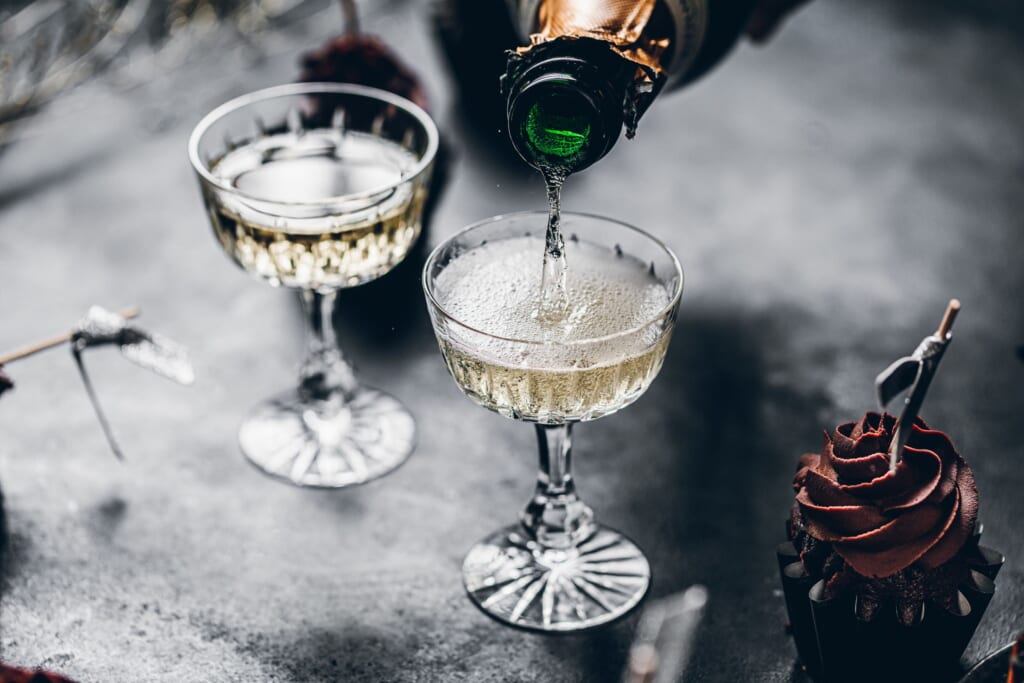
“We grow old too fast, and wise too slow” said the sign above the bar in the historic hotel in upstate New York, given a flash of new life by an artistic couple with plenty of cash—and the renovation skills of an Argentine architect-playboy renowned for his moves on the slopes (and in the bedroom).
To get there, I had piloted a Ford GT through a twilight snowstorm chasing the Argentine up winding country lanes to host a meal to rival the feasts of the late, great Jim Harrison. An intersection of all the things I love: Petrol. People. And Parties.
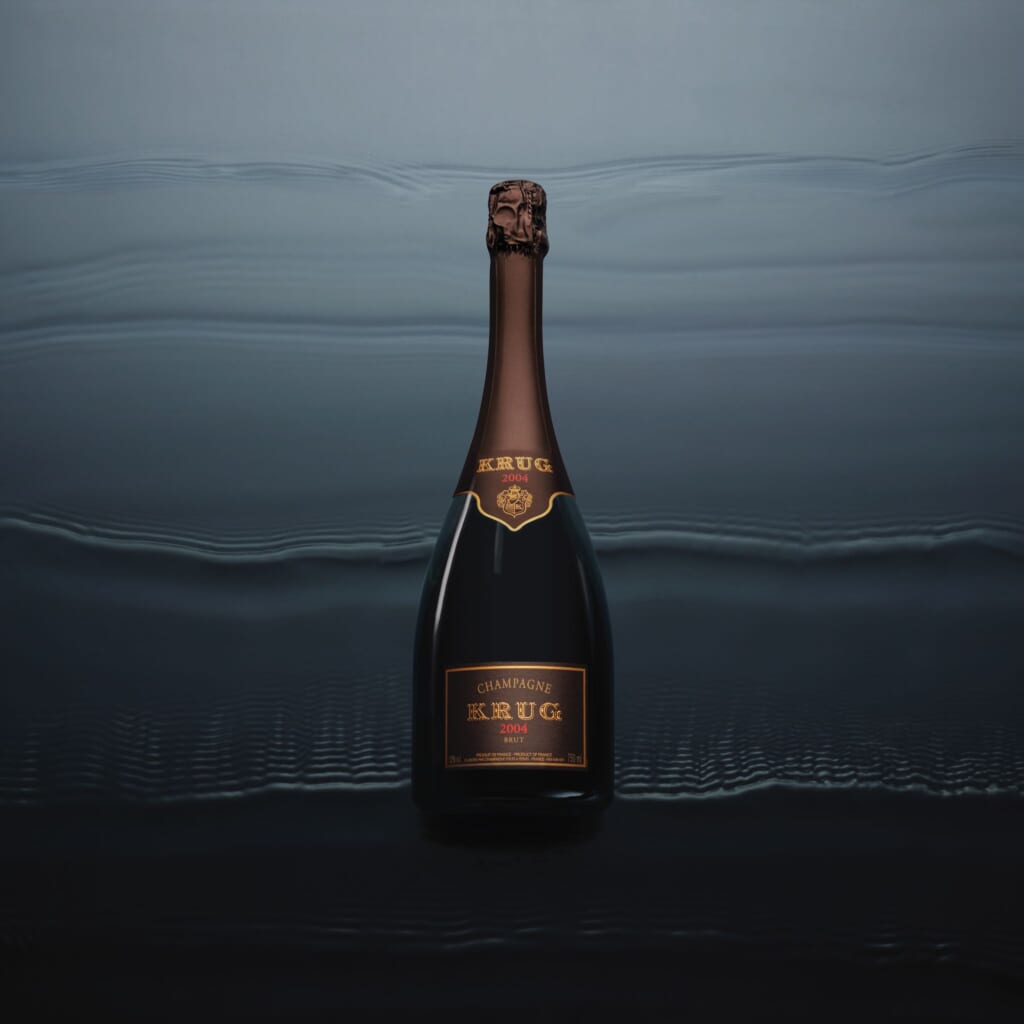
(Champagne Krug)
Although we were cracking bottles of legendary wines from Burgundy with a chef who would soon become celebrated the world over, one of the introductions which remained with me the longest was not a person, a dish, or even a bottle of DRC.
It was a liquid older than I was, golden, an amber nectar with a taste profile akin to toasted honeycomb, toffee, caramel and vanilla, all with a tickle of sparkle to tease the taste buds on the way down. I had discovered aged vintage champagne from one of the finest producers on planet Earth—Dom Pérignon—and at that point my mind was blown.
For although millions of bottles of “ginger beer with connections” (as some wags call it) are popped with a garish bang at every celebration known to man, there is a serious oenophilic side to champagne in the collection of special wines which will stand the test of time.
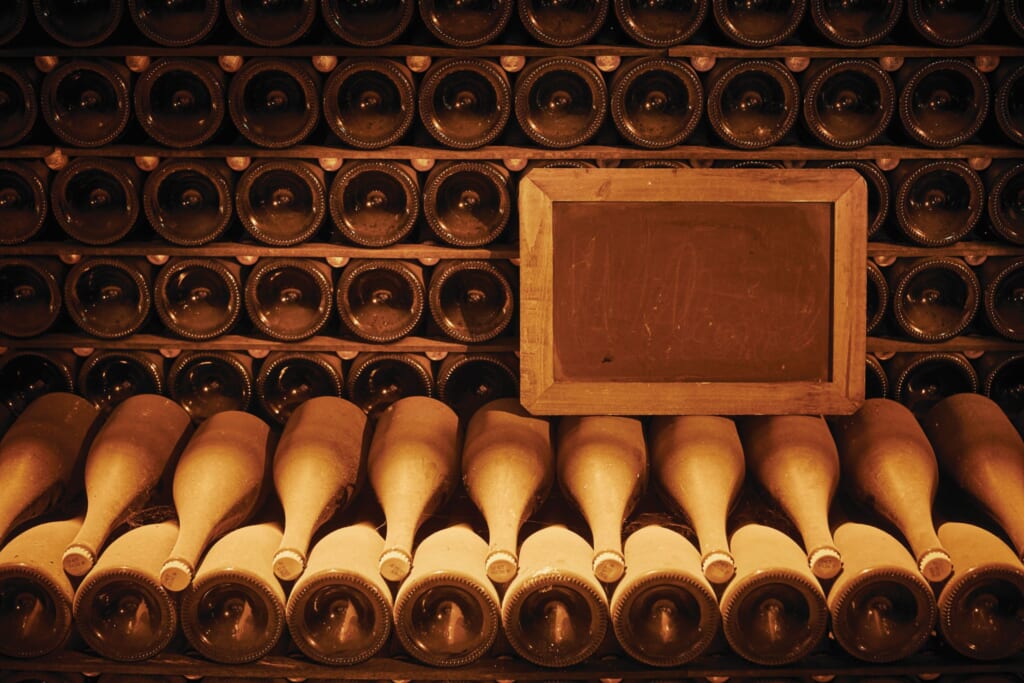
(Jenny Zarinis/Champagne Krug)
And transport you, like my 1970 Dom Pérignon, to another place, in another time, cementing a memory of liquid gold enacting its magic upon your sensory systems.
The question then, is, once in love with bubbles, what should one collect, how, and why? In order to answer that I sat down at Saint Theo’s restaurant in New York City with Edouard Bourgeois and Raj Vaidya, the expert bubbly buffs who help run the city’s annual La Fête du Champagne.
As we delighted in Chef Ashley Rath’s fine cuisine we uncorked a few bottles of the good stuff and dove in to consider their golden rules.
“Taste young wines for structure (acid and sugar) and not immediate drinkability,” Bourgeois counsels.
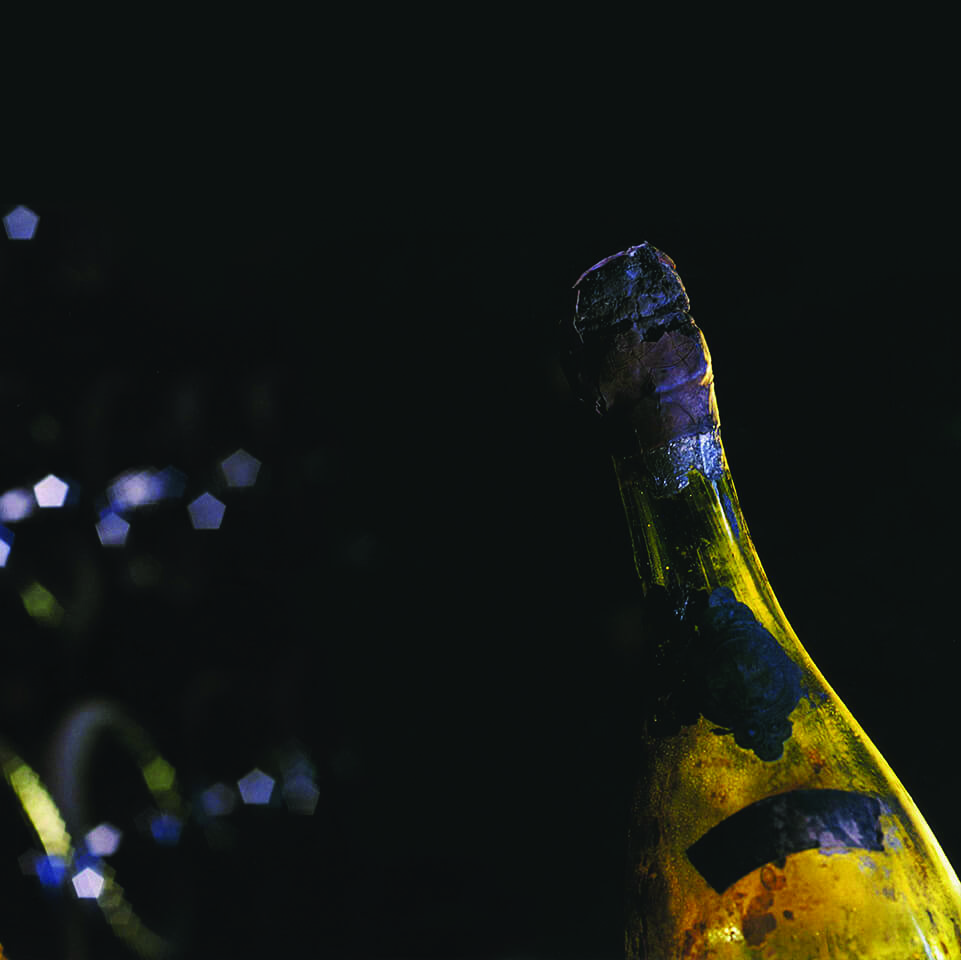
(Champagne Pommery)
“Go for the classics but also look for the up-and-coming stars and age their non-vintage wines, and remember that sugar/dosage helps wines age, so if it seems too sweet don’t give up on a cuvée, age it!”
Key to collecting the stuff is remembering that most champagne is non-vintage. It is a selection (cuvée) of wines from different grapes (pinot noir, chardonnay and pinot meunier), and different vintages, blended together in order to produce a champagne that is consistent every year.
In exceptional vintages, or with exceptional plots, the most notable producers may make single vintages marketed as such, but this is the exception, not the rule, and usually bears a special prestige cuvée name like that of Dom Pérignon (Möet), Cristal (Roederer), Clos Du Mesnil (Krug), Sir Winston Churchill (Pol Roger), or Louise (Pommery).
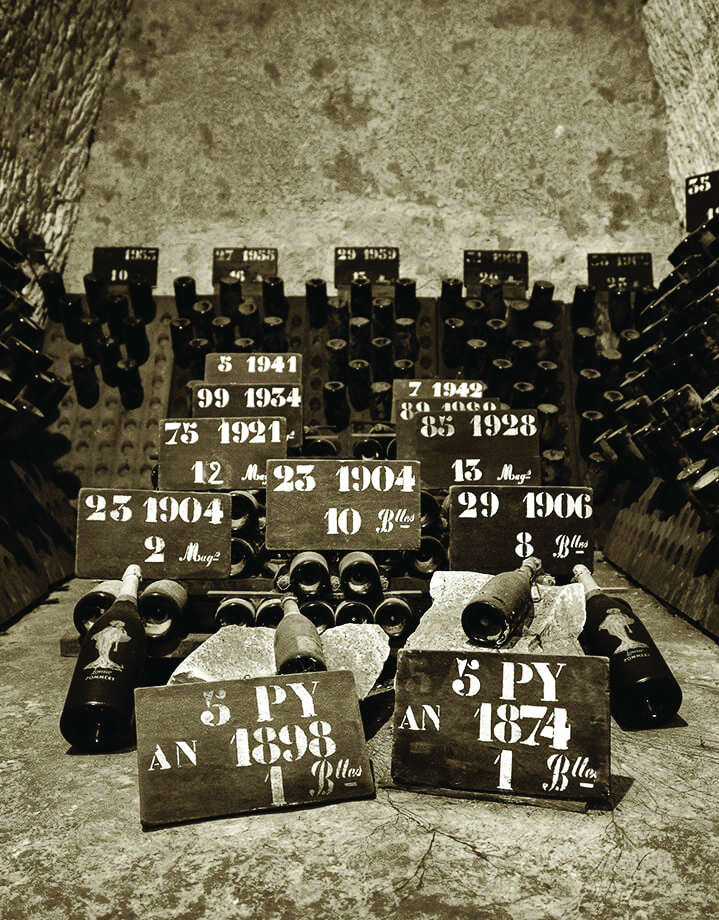
(Champagne Pommery)
Krug, established in 1843, has always excelled in the blending of old and new vintages in its exceptional non-vintage Grande Cuvée.
Stick to the principles founder Joseph Krug laid down when he said: “One cannot obtain a good wine without using good elements and good ‘terroirs.’ It’s possible to obtain seemingly good cuvées through the use of unremarkable or even mediocre elements and wines, but these are exceptions on which we must never rely.”
The flavor profile of the finished champagne and how it will age is affected by the wines selected to blend, the yeast, sugar, and time the wine is left once re-fermented to absorb the flavors imparted by the second fermentation; and finally, by the extra sugar, added prior to bottling, called the “dosage,” which will lead to it being designated as Brut Nature, Extra Brut, Brut, Extra-Dry, Sec, DemiSec, or Doux (from driest to sweetest).
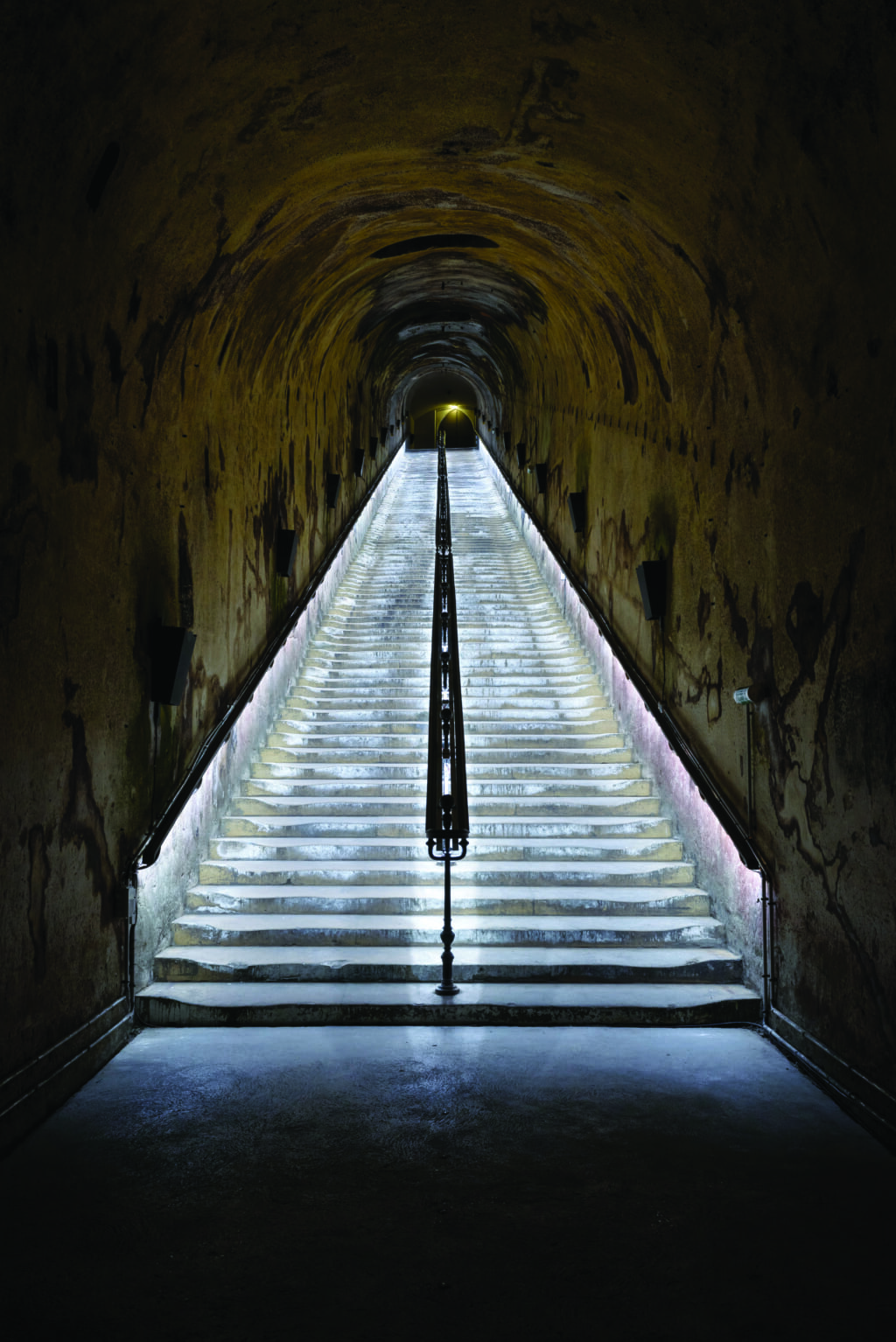
(Pablo Valbuena/Champagne Pommery)
It is also good to remember that most grapes used for champagne, even at the famous producers, come from small growers often farming very small plots of land.
This has gone on for generations and resulted more recently in collectors and those in the know seeking out the wines of the best growers, as well as those of the best producers.
Names to look out for and to try before you dive in include the famous houses such as Krug, Louis Roederer, Pol Roger, Pommery, Bollinger, and Dom Pérignon, but it is also worth keeping your eyes peeled for grower champagnes, like Chartogne-Taillet and Agrapart.
Auctions can be a great venue for building your champagne portfolio; this past summer Acker, the world’s largest wine auction house, was set to knock down some $10 million of the stuff.
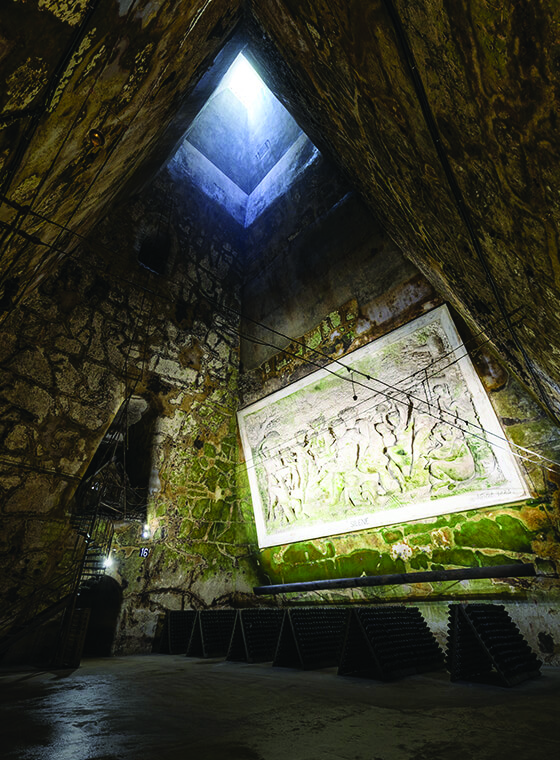
(Champagne Pommery)
If you’re feeling especially flush, you can seek out such gems as the 1928 Krug (about $20,000), 1959 Dom Pérignon Rosé (about $40,000), or 1907 Heidsieck Monopole Gout Americain (about $275,000).
Either that or just start hoarding it now; and resist the urge to drink it… for a long, long time.
